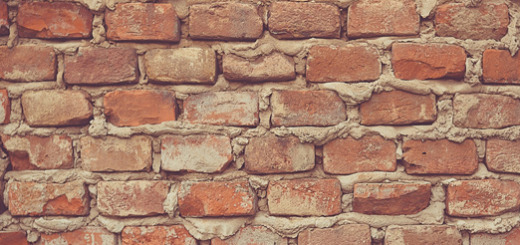“The single biggest problem in communication, is the illusion that it has taken place.”
– George Bernard Shaw
A designer’s job is to create a visual and often concrete representation of a thought. She takes vague ideas, concepts and feelings and pulls them all together into an object that communicates those vague ideas, concepts and feelings to others.
This is true whether that “object” is the printed page, a piece of furniture, an architectural structure or a website.
One of the biggest hurdles that we as designers face is at the beginning, at the point where we are gathering together those ideas, concepts and feelings.
We’re not mind readers. No. Really, we’re not.
I recently got an email from a co-worker that illustrates this pretty well. It said, to whit:
“Do you have a good, usable picture of that building you can send me?”
That request seems innocent enough.
But, the important stuff….the stuff we as designers need to know….is nowhere in that statement. What did she mean by “good”? And “usable”? Usable for what exactly? Did she need the image in color? Print resolution? Screen resolution? What size? What was it being used FOR?
This is no reflection on the requestor…because shes a very intelligent lady, wonderful person, really….its a reflection of the disconnect between the brain and the communique….and the limitations of the written word.
She had, I am quite sure, a very detailed example in her mind of exactly what she needed. And the email she sent fit the picture in her head that only she could see.
Only, not being able to see that picture, I was unable to grasp her needs.
The reason I use this particular situation to illustrate my point is simply because it was so miniscule. It was an easy remedy, one email from me asking for more detail, a response from her, and easy peasy I was able to get her exactly what she needed.
When we’re dealing with larger projects however, these issues are far more than simple.
Despite how much you love them, catch phrases, adjectives and business-speak are NOT best.
A guy I used to work for would always ask for one of two types of websites.
“High Tech” or “Conservative”.
“Just spoke to the client,” he would say, “Basically, they’re looking for something high tech. And use the blue from their logo.”
This was his idea of a creative brief.
I know what you’re thinking.
You’re thinking, “Well, high tech obviously means something to him, just learn what that is, and then quick as you can say Bob’s your uncle, you know what he needs.” If only it were that simple. The reality of the situation was “high tech” could have a different meaning depending on the situation, the client, the phase of the moon or the day of the week.
Today it could mean, “Futuristic, with interfaces that look like something out of Star Trek.”
Tomorrow it could mean, “Rounded corners, clean, loads of white space.”
Or, “Shiny Web 2.0 gel buttons! Lots of them!”
You just never knew.
Then after many many meetings, and typically several iterations of the design process, we’d get into the ballpark of what he was looking for, and the designing could actually begin. Together, we had made a mountain out of a molehill.
Clients should speak better. Designers should listen better.
Clients: Understand that we really DO want to create a solution that fits your needs. It’s always better to give us MORE information than you think we need. Every little bit helps.
Personally, I like it when a client sends me a list of sites they already like….because then, during the conversation, when they are saying “And I want my navigation to be cool and modern…” it will translate to “jQuery with CSS effects” in MY head.
Remember, we’re are not mind readers.
Designers: Listen more. Then listen again. I make a habit of leaving the top right corner of my notes open and clear. And in that space, during client meetings I write down the adjectives and buzzwords I hear most from the client. Every little bit helps.
Remember, the client has a picture in their head of what they want…..fuzzy and formless though it may be…and its our jobs as craftspeople to help make that a reality.

